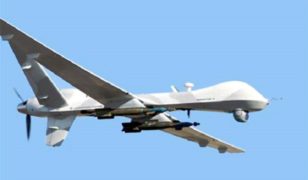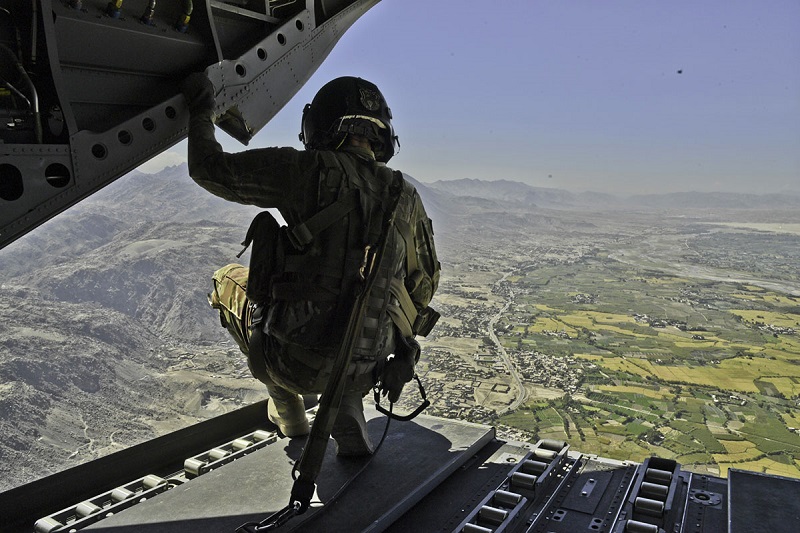Air Force posts optical windows for airborne sensors RFI
 On August 25, the Air Force Life Cycle Management Center (AFLCMC), Intelligence, Surveillance and Reconnaissance (ISR) and Special Operations Forces (SOF) Directorate (AFLCMC/WI), ISR Sensors and Foreign Military Sales (FMS) Division (AFLCMC/WIN) posted the following request for information (RFI) for Optical Windows for Airborne Sensors (Request for Information FA8620-15-R-3041). The deadline for white papers and/or brochures/data sheets is September 30.
On August 25, the Air Force Life Cycle Management Center (AFLCMC), Intelligence, Surveillance and Reconnaissance (ISR) and Special Operations Forces (SOF) Directorate (AFLCMC/WI), ISR Sensors and Foreign Military Sales (FMS) Division (AFLCMC/WIN) posted the following request for information (RFI) for Optical Windows for Airborne Sensors (Request for Information FA8620-15-R-3041). The deadline for white papers and/or brochures/data sheets is September 30.
AFLCMC/WIN manages the USAF Imaging & Targeting Support (I&TS) program supporting the GEOINT Capabilities Working Group (GCWG). The GCWG manages and plans Air Force airborne GEOINT Capabilities Research, Development Test and Evaluation (RDT&E) investments. A key focus of I&TS is on improving and adding new airborne sensor phenomenologies which include Electro/Optical (EO), Infrared (IR), Spectral-Multispectral (MSI)/Hyperspectral (HSI), Ground Surveillance Radar (GSR), Full Motion Video (FMV) and Light Detection And Ranging (LIDAR).
In support of existing and future airborne sensor programs, AFLCMC/WIN is conducting market research across industry for manufacturers of specialized optical windows. An ideal window would be lightweight; impervious to the forces of flight dynamics and surface/coating erosion; and invisible to the active and passive sensor systems that it protects. Airborne optical windows may accommodate operating in the infrared (IR), visible, and ultra-violet (UV) parts of the spectrum. Typically, window materials and coatings vary widely depending on application. Current window materials include zinc sulfide, diamond, sapphire, and so on.
The Air Force is migrating to new sensor capabilities that utilize the full visible through Long Wave Infrared (LWIR) range of the electromagnetic spectrum. These sensor capabilities require specialized windows that are optically flat, resistant to erosion, have high transparency in the spectral bands of interest, and can provide reliable environmental isolation under dynamic flight conditions. Additionally, sensor fields-of-regard may require windows from a few inches on a side up to approximate dimensions of 20″ x 32″. We recognize that a large window transparent to the complete wavelength range (0.4 – 13.5 μm), operating between 0 to >70kft (and related internal and external temperature and pressure differentials) is a challenge, but need to know the current state of the art and developing manufacturing capabilities.
Full information is available here
Source: FedBizOpps








